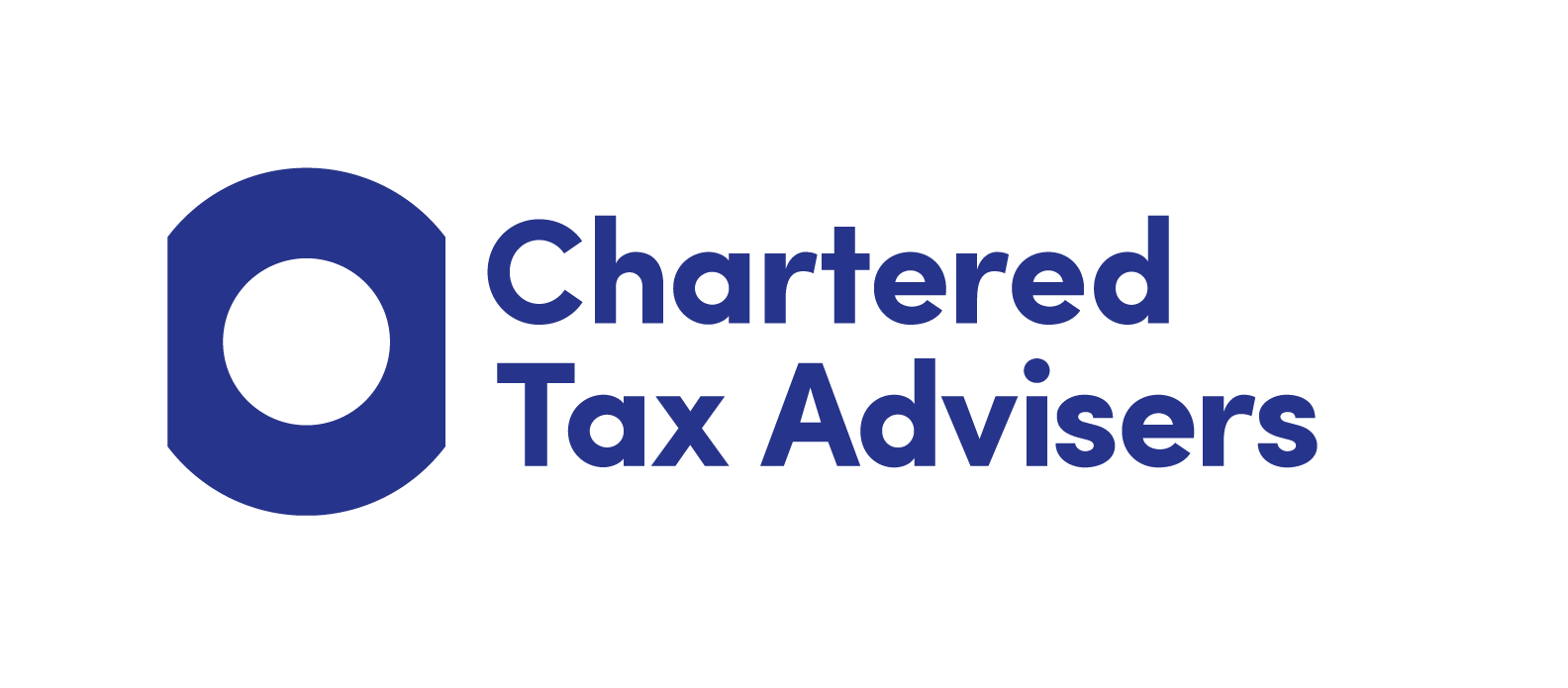Blog
Posted November 4, 2025
Making Tax Digital Update: Corporation Tax Changes for 2026
If you’re a company director, you’ll need to prepare for one of the most significant changes to UK tax administration in recent years. Making Tax Digital (MTD) for Corporation Tax is rolling out from April 2026, and it will fundamentally change how your limited company reports its tax affairs to HMRC.
While MTD for VAT has been in place since 2019, the extension to Corporation Tax represents a major shift for the estimated 1.5 million companies that will be affected. Here’s everything you need to know to ensure your business is ready.
 What is Making Tax Digital for Corporation Tax?
What is Making Tax Digital for Corporation Tax?
Making Tax Digital for Corporation Tax (MTD for CT) is HMRC’s initiative to digitalise the UK tax system. It requires companies to maintain digital records and submit their Corporation Tax returns using MTD-compatible software.
The key changes include:
- Digital record-keeping – Your company’s financial records must be maintained in digital form using functional compatible software. Manual spreadsheets that aren’t linked to your filing software won’t meet the requirements.
- Digital submission – Corporation Tax returns and supporting computations must be submitted to HMRC through MTD-compatible software using an Application Programming Interface (API).
- Digital links – There must be a digital link between all software used in the process, from record-keeping through to submission. This means no manual data transfer or copy-and-paste between systems.
Who will be affected and when?
The rollout is being phased in based on company size:
From April 2026 – Companies with accounting periods starting on or after 1st April 2026 where turnover exceeds the threshold will need to comply. HMRC has confirmed that the initial threshold will capture larger businesses first.
Later phases – Smaller companies will be brought into the regime in subsequent phases. HMRC has indicated they’ll provide at least 12 months’ notice before extending the requirements to smaller businesses.
Even if your company isn’t required to join MTD for CT immediately, getting ahead of the changes now will save considerable stress later. Many accountants are recommending that all limited companies start preparing regardless of size.
What software do you need?
Your company will need software that is recognised by HMRC as MTD-compatible for Corporation Tax purposes. This is different from MTD for VAT software, so even if you’re already using MTD-compliant software for VAT, you’ll need to check it covers Corporation Tax requirements.
The software must be able to:
- Keep digital records of all transactions and information relevant to your Corporation Tax return
- Use those digital records to create your Corporation Tax return
- Submit returns and receive information from HMRC through an API
- Maintain digital links between different pieces of software if you use multiple programs
Major accounting software providers are already developing or have released MTD for CT functionality. However, it’s essential to verify that your chosen software meets all HMRC requirements rather than assuming it will be ready in time.
Key compliance requirements
Beyond having the right software, your company will need to ensure:
Quarterly updates may not be required for Corporation Tax in the same way as for Income Tax Self Assessment, but you’ll still need to maintain up-to-date digital records throughout your accounting period.
Digital preservation – All supporting records and computations must be preserved digitally for the required retention period (currently six years).
Data accuracy – Directors remain responsible for the accuracy of information submitted, even when using automated software processes. You’ll need robust review procedures to catch any errors before submission.
The benefits of early adoption
While MTD might seem like an administrative burden, getting ahead of the requirement offers several advantages:
Improved accuracy – Digital processes reduce manual data entry errors and inconsistencies that can trigger HMRC enquiries.
Real-time visibility – Modern cloud-based software gives you and your accountant instant access to your company’s financial position, enabling better decision-making throughout the year.
Reduced year-end stress – With digital records maintained throughout the year, preparing your annual accounts and Corporation Tax return becomes much smoother.
Future-proofing – Starting now gives you time to embed new processes and iron out any issues well before the deadline.
Common challenges and how to overcome them
Many directors are understandably concerned about the transition. The most common worries we hear include:
“We still use spreadsheets” – If your current process relies heavily on Excel, you’ll need to transition to proper accounting software. The good news is that most modern solutions are intuitive and, with proper setup and training, can actually save time compared to manual spreadsheets.
“We’re not tech-savvy” – You don’t need to become an IT expert. Good accounting software is designed for business owners, not technicians. Your accountant can also provide training and ongoing support.
“What about the cost?” – While there is a cost to MTD-compatible software, many businesses find this is offset by time savings, reduced errors, and better financial insights. Additionally, the software costs are tax-deductible business expenses.
“How do we choose the right software?” – This is where professional guidance is invaluable. The right choice depends on your business size, complexity, industry sector, and existing systems.
What you should be doing now
Whether you’re required to adopt MTD for CT in 2026 or later, taking action now will ensure a smooth transition:
- Review your current processes – Document how you currently maintain records and prepare your Corporation Tax return. Identify what’s digital and what isn’t.
- Assess your software – If you’re already using accounting software, check with the provider about their MTD for CT plans. If you’re still using spreadsheets or manual records, start researching suitable solutions.
- Consider your digital infrastructure – Ensure you have reliable internet connectivity and appropriate hardware to run cloud-based software effectively.
- Plan for data migration – If you’re switching software, you’ll need to transfer historical data. This process should be carefully planned and executed.
- Budget appropriately – Factor in software costs, potential training, and professional support for the transition.
- Engage with your accountant – Your accounting firm should be guiding you through this transition. If you haven’t had this conversation yet, now is the time.
 The role of your accountant
The role of your accountant
Navigating MTD for CT doesn’t have to be overwhelming. A good accountancy firm will be your partner throughout this transition, helping you:
- Determine when your company needs to comply
- Select the most appropriate software for your business
- Set up and configure your chosen system correctly
- Train you and your team on how to use it effectively
- Establish internal procedures that ensure compliance
- Provide ongoing support as HMRC guidance evolves
Don’t leave it too late
With April 2026 approaching faster than you might think, now is the time to take action. Companies that wait until the last minute often face rushed decisions, inadequate training, and stressful implementation processes.
Those who start early can take a measured approach, choosing software that genuinely suits their needs, training staff properly, and bedding in new processes while their accountant is available to support them, rather than when everyone is scrambling to meet the deadline.
Making Tax Digital for Corporation Tax is coming whether businesses are ready or not. The question is whether you’ll approach it proactively or reactively.
Ready to ensure your company is MTD-ready?
Don’t let Making Tax Digital catch you unprepared. Our MTD readiness assessment will evaluate your current systems, identify what needs to change, and create a clear action plan tailored to your business.
Book your complimentary MTD readiness assessment today and get expert guidance on making the transition smooth, cost-effective, and stress-free.
Contact us now to secure your assessment and ensure your company is fully prepared for the 2026 changes.
SERVICES
LATEST NEWS
CATEGORIES
- Blog (145)
- Business Advice (48)
- Just For Fun (17)
- Tax Tips (37)
- Video (8)












